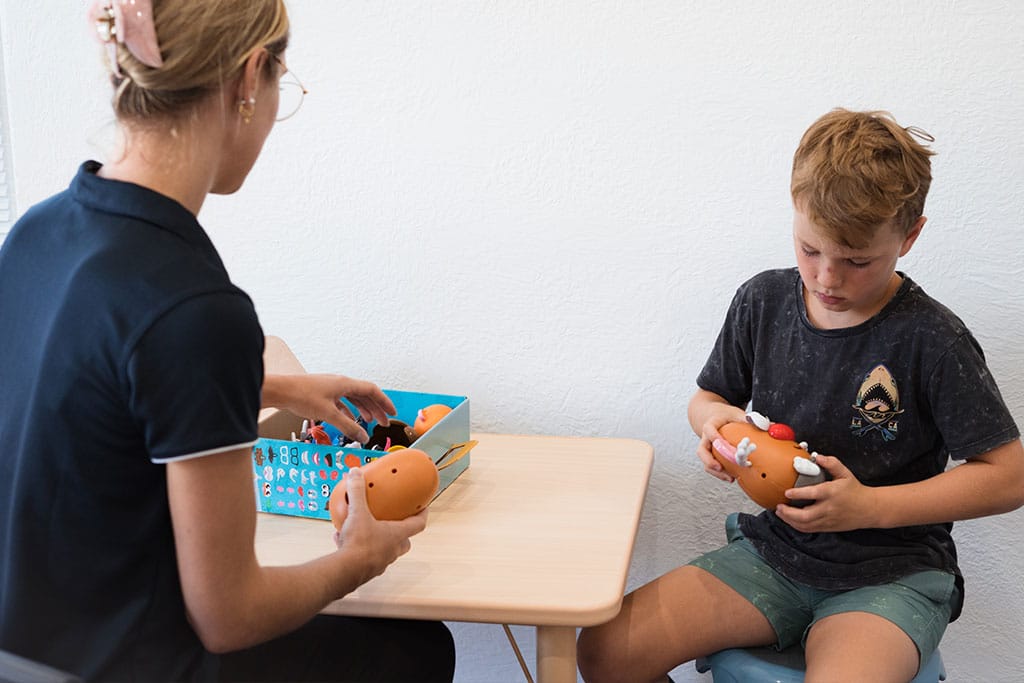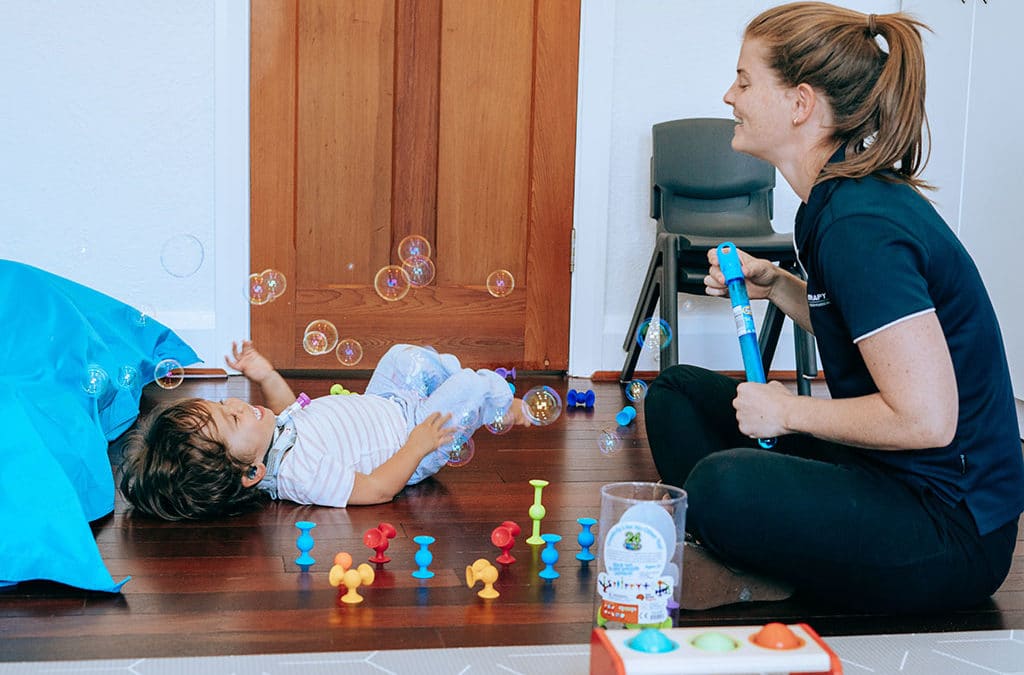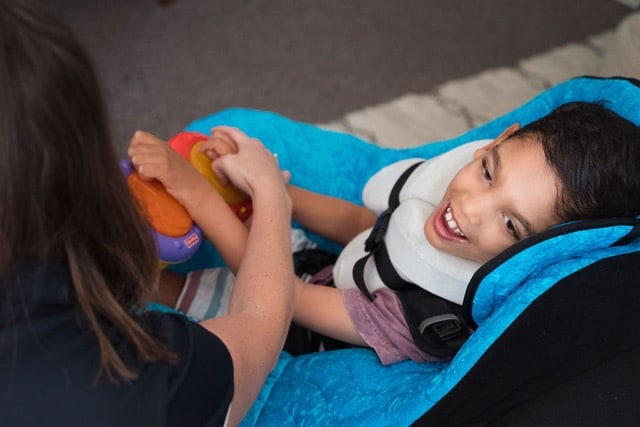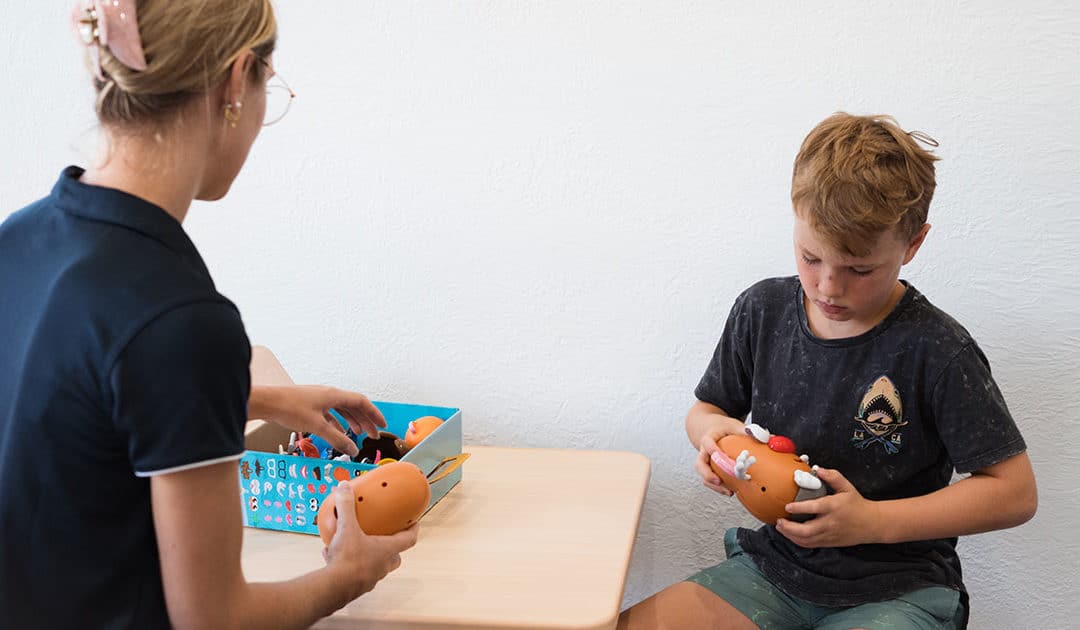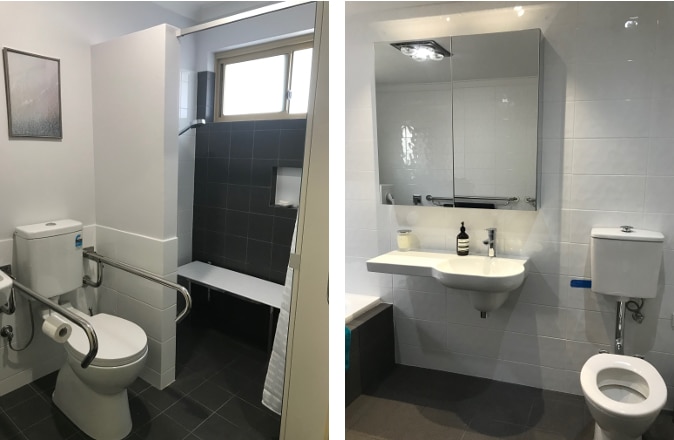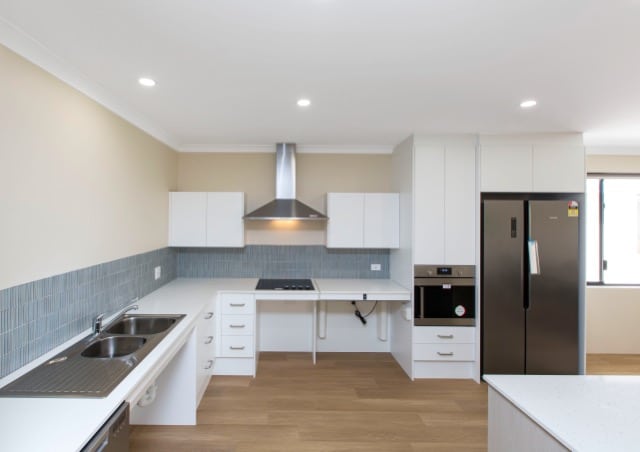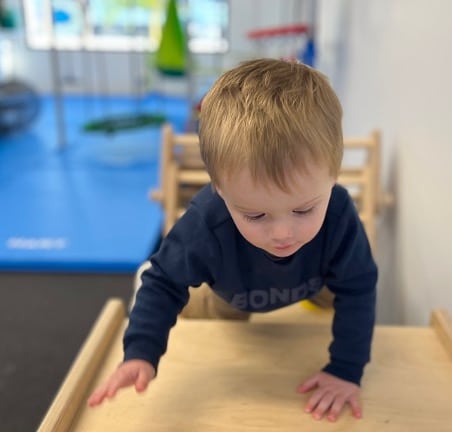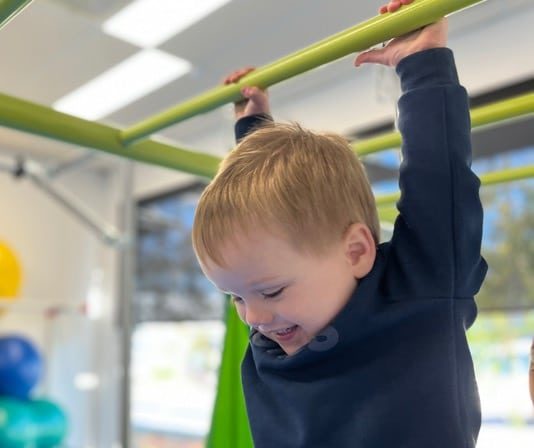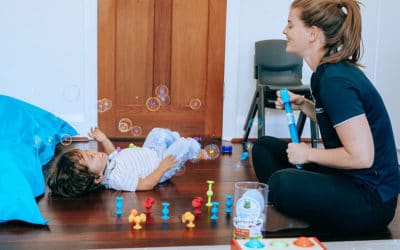For many children diagnosed with Autism Spectrum Disorder, the difficulties with effective communication, social interaction and comprehension can lead to dysregulation which can impact daily life.
The human brain is designed to produce and regulate responses to the body’s experiences. The things that we can smell, see, touch, taste and hear. This link, or integration, is called sensory integration and for most people, is overlooked as part of their day to day lives.
For an individual with autism though, the way the brain processes these things, can be a significant source of discomfort. The inability to regulate certain sensory stimuli from the brain is referred to sensory processing disorder and can lead to frustrations and subsequent behaviours. Supplementing interventions from a skilled Occupational Therapist, a method that can have success in overcoming sensory problems in children with autism, is a sensory room.
Augmenting several other therapeutic methods of intervention, sensory rooms are designed to help children with sensory issues regulate their brain’s reaction to external stimuli. It can achieve this through the development of coping skills for these sensory reactions.
What is a sensory room?
They’re spaces designed and purpose built to help children, adolescents and adults feel calm, supported and focused. Combined with an Occupational Therapist, they are an environment that greatly enhances the provision of therapy for individuals with sensory processing issues.
How can a sensory room help?
A sensory room, paired with a skilled Occupational Therapist, can provide an outlet for a child with special needs a low stress and engaging environment for them to work through their reactions and emotions to different sensory stimui. This can enhance learning and retention of information through engaging different areas of the brain.
Although a child may not be able to alter their sensitivity to stimuli, their neurological system can be retrained to overcome certain sensitivities. This retraining can then aid the child outside of the sensory room and into their day to day life.
Accessing a space that is designed with sensory integration at the forefront offers comprehensive benefits. Although these will vary based on the individual (as everyone is different!), sensory rooms offer a variety of benefits, including:
Stimulation
Children sometimes require additional sensory motivation to embolden self-awareness and comfort. In this instance, having therapy take place in a sensory room with items that facilitate them to be more aware of their senses can bring about positive stimulation.
Providing a calming environment
Any negative reaction, particularly in the therapy environment, can cause distress and make the session almost not worthwhile. When negative reactions and agitation follow, a sensory room equipped with white noise, an aromatherapy diffuser, or other soothing items, can offer an outlet to regain emotional control and minimise any distress.
Focus
Maintaining focus and minimising distraction throughout the therapy session can often be a challenge. Even at the early stages of a therapy session, children can struggle with paying attention and keeping focused on tasks set by the therapist. A well equipped sensory room, used in a way that augments therapy, can assist in increasing concentration and awareness of a child’s surroundings.
Development of senses
Learning by doing! There is little more beneficial to the brain than exposing it to the many senses that it will experience. Touching, hearing, feeling and doing offers a child the opportunity to experience, then process and control these experiences with their therapist.
This exposure can then translate to outside of the sensory room. Having experienced this, they are far better equipped to process experiences in everyday life.
Skills Development
Whether focusing on gross skills such as climbing through a tunnel, or fine motor skills like throwing, having a space to enhance and practice skills is extremely beneficial. Having equipment that facilitates jumping, bouncing and swinging offers a great way of fostering this.
Sensory room design
Proprioceptive
Proprioception, or the ability to sense the orientation of your body in your environment, is a key consideration in any sensory room. Some children can feel disconnected from their bodies and have proprioceptive seeking behaviours, that can make the provision of therapy a challenge.
Sensory play items such as soft play equipment, balance equipment, trampolines and weighted items can greatly assist with proprioceptive function and make therapy sessions more beneficial.
Vestibular and Motor Skills
Swings offer a great means of vestibular input for a handful of reasons. Providing soothing and repetitive input, they are a great addition to a sensory space as they can build core strength and create a sense of being cocooned.
Auditory
Soothing sounds can be a great source of relaxation for children with sensory processing issues. Any sensory room should be able to offer auditory resources such as white noise, sounds of nature or chimes. Headphones can also offer a great means of achieving auditory sensory stimulation.
Olfactory
Whilst not always appropriate, as some individuals can have negative sensory responses to certain smells, some can provoke a calming and relaxing environment. Having options for aromatherapy or other smells can be helpful in a sensory room setting.
A sensory room offers more than just a warm and welcoming environment to deliver therapy. Providing a child with a space to develop and overcome their sensory challenges, with the support of an experienced Occupational Therapist can have significant benefits.
